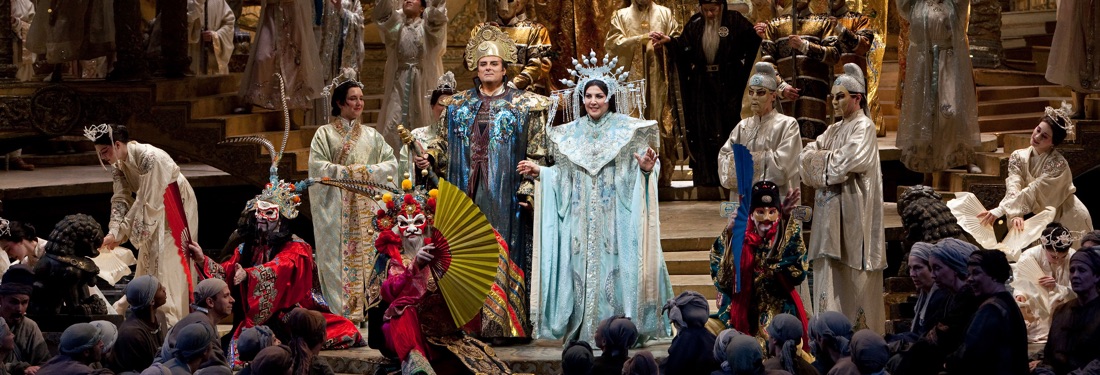
Will Crutchfield in The New York Times:
Miss Millo has a warm Italianate sound, secure right up to the generous top C that sailed through the house in the second-act trio. At the bottom of the range there is no apparent shift into a distinct chest-voice sound, but the notes are firm and audible. It is in the crucial middle voice that she stands in greatest contrast to the over-extended sopranos who have so proliferated in recent years: she can give it tonal weight and sharpness of attack. An excellently unified instrument, then: that bodes well for its durability. So does the fact that she rarely seemed to be reaching to make it bigger than it is (big enough, though not a force of nature like Tebaldi). And so does its impressive evenness: no bumps in the line, no sudden irregularities of vibrato, rarely even the slightest awkwardness.
Miss Millo also has the elusive quality of command. Not perhaps the regal, riveting command that marks the greatest actresses of the operatic stage, but a simple clarity of intention that bespeaks and inspires confidence. She knows the musical dramatic language of the Verdian heroine and speaks it with assurance. Her great outburst before the Council Chamber ensemble (“Ah, v’e un più nefando”) had a thrilling, razor-sharp attack, a breadth and a shining ring that would have won her a midscene ovation in any Italian opera house not too many generations ago.
Born on this day in 1921 soprano Phyllis Curtin.
Broadway openings:
On this day in 1953 the Wright-Forrest-Borodin musical Kismet.
On this day in 1960 Lerner and Loewe’s Camelot.
On this day in 1973 Bette Midler at the Palace.
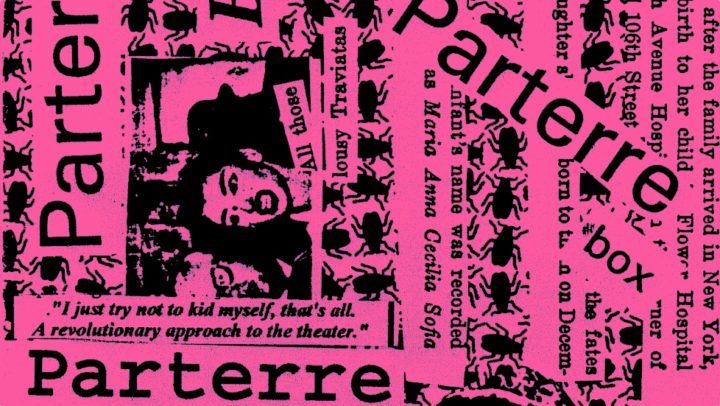
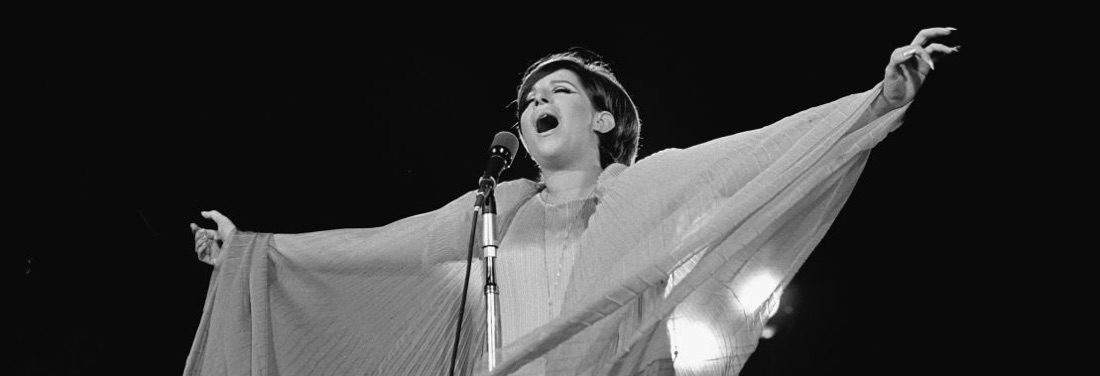
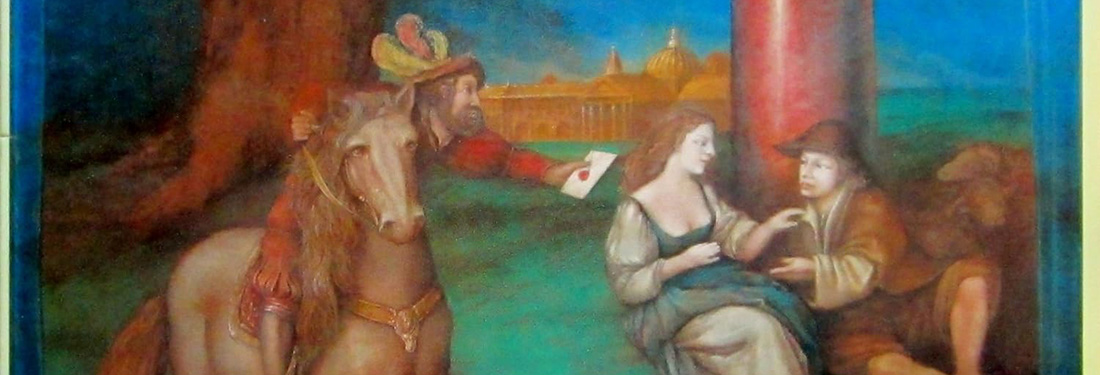
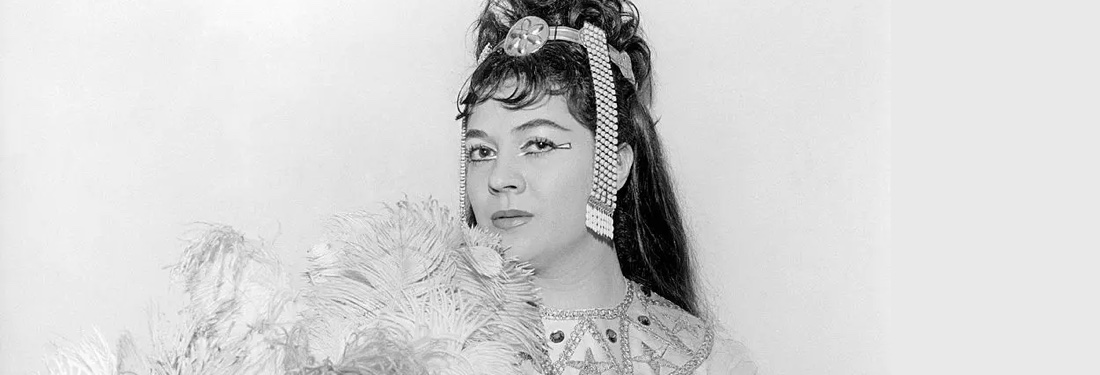
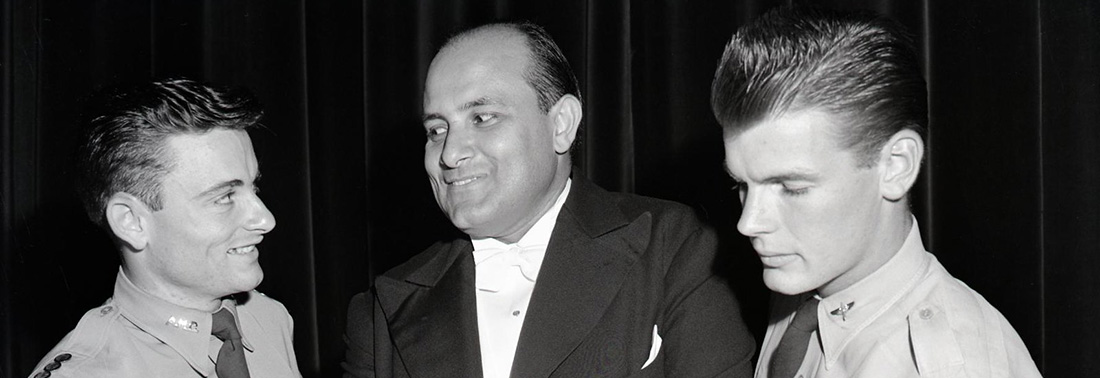
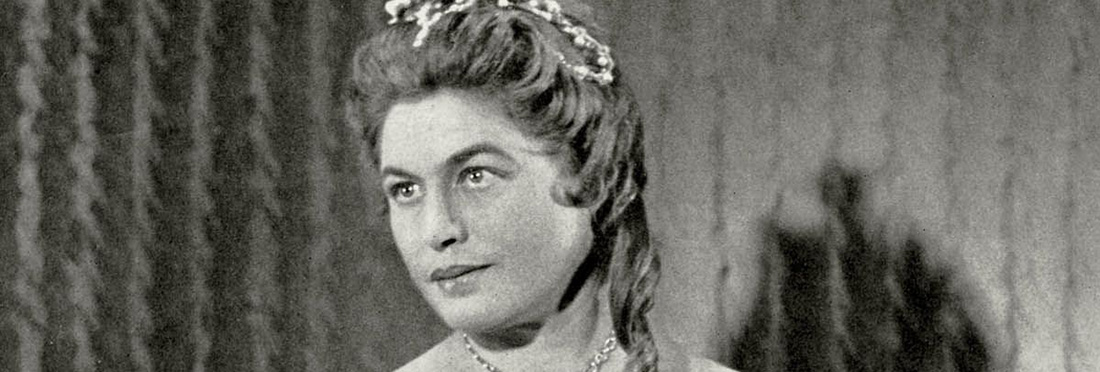

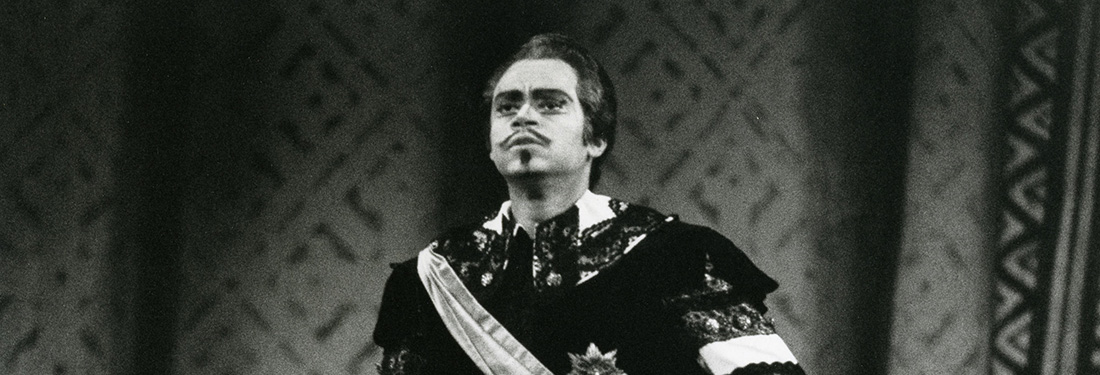
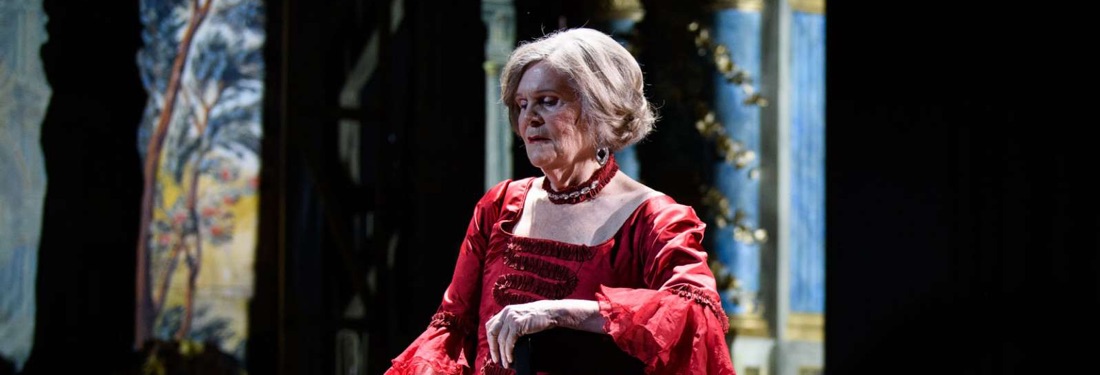

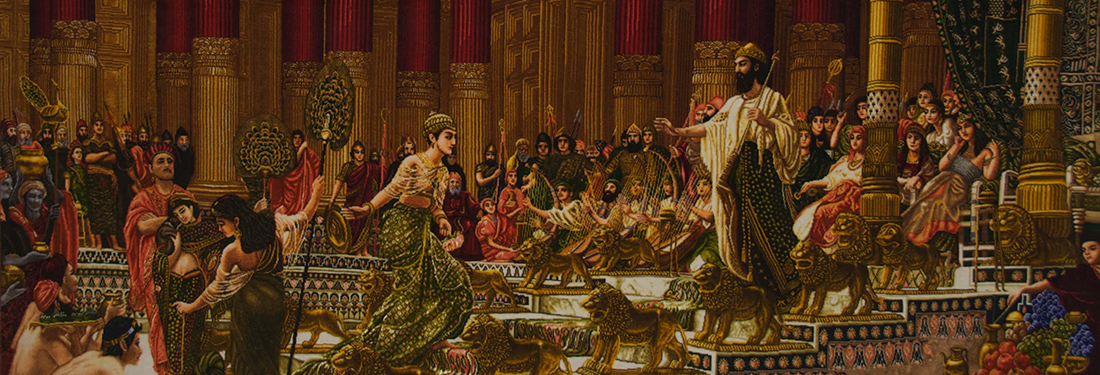
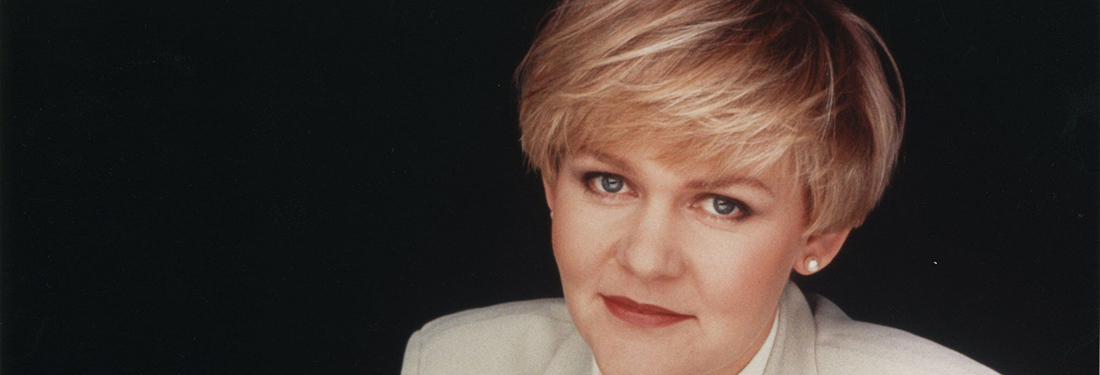
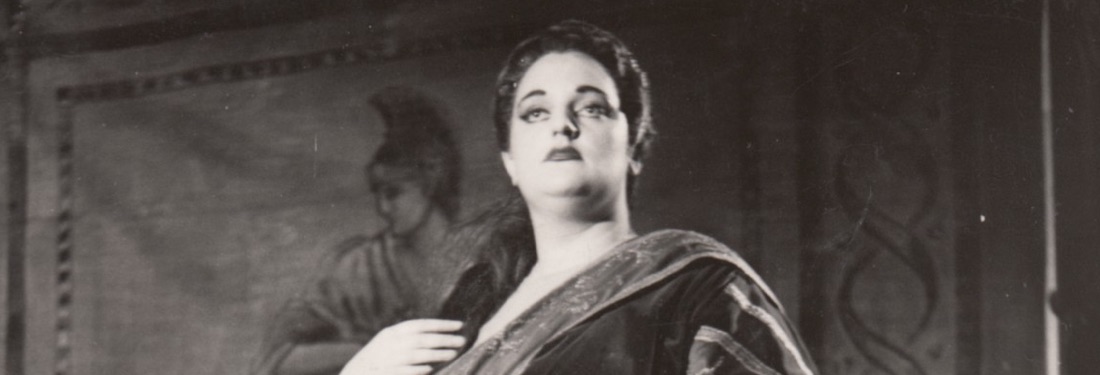
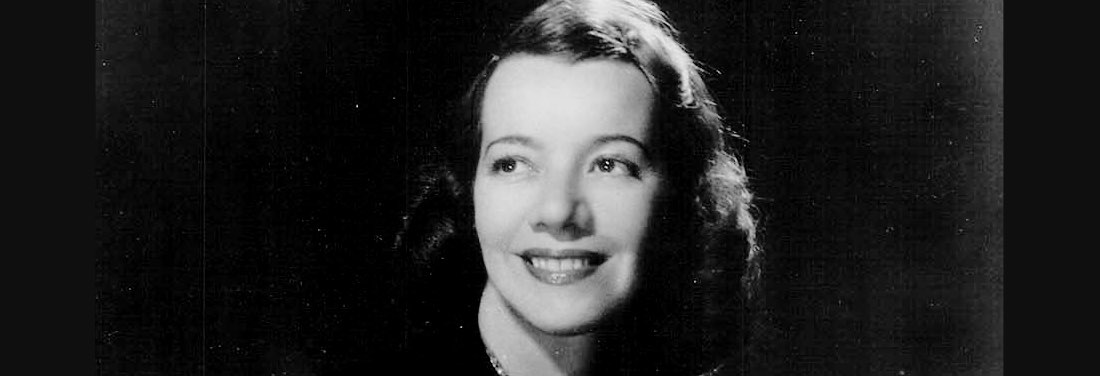
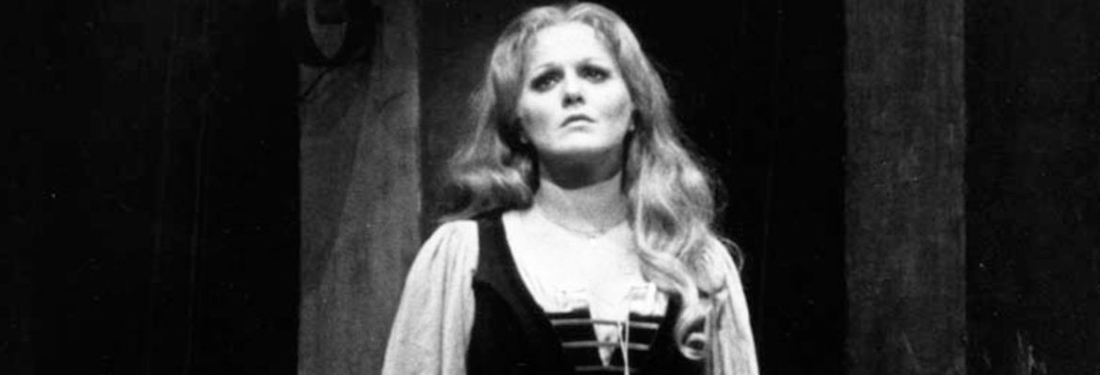


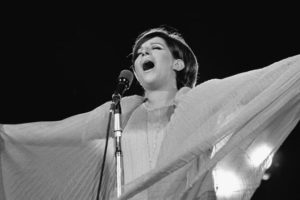






Comments